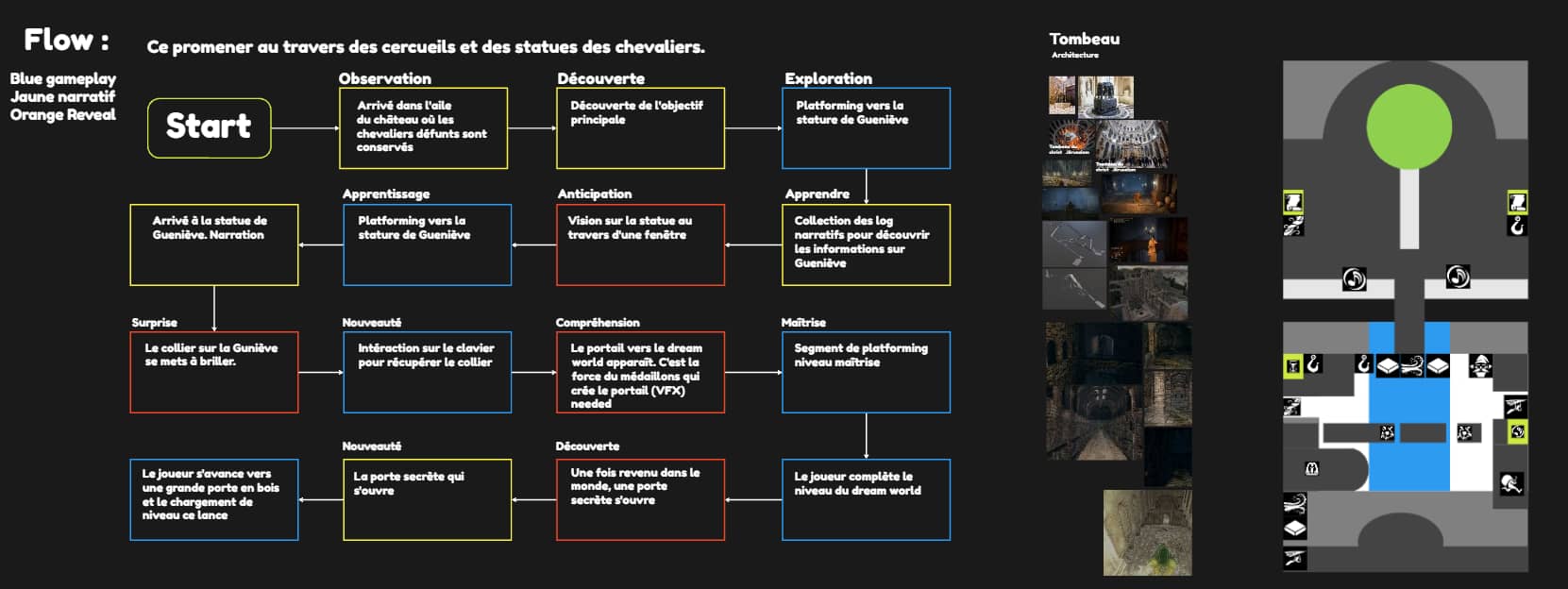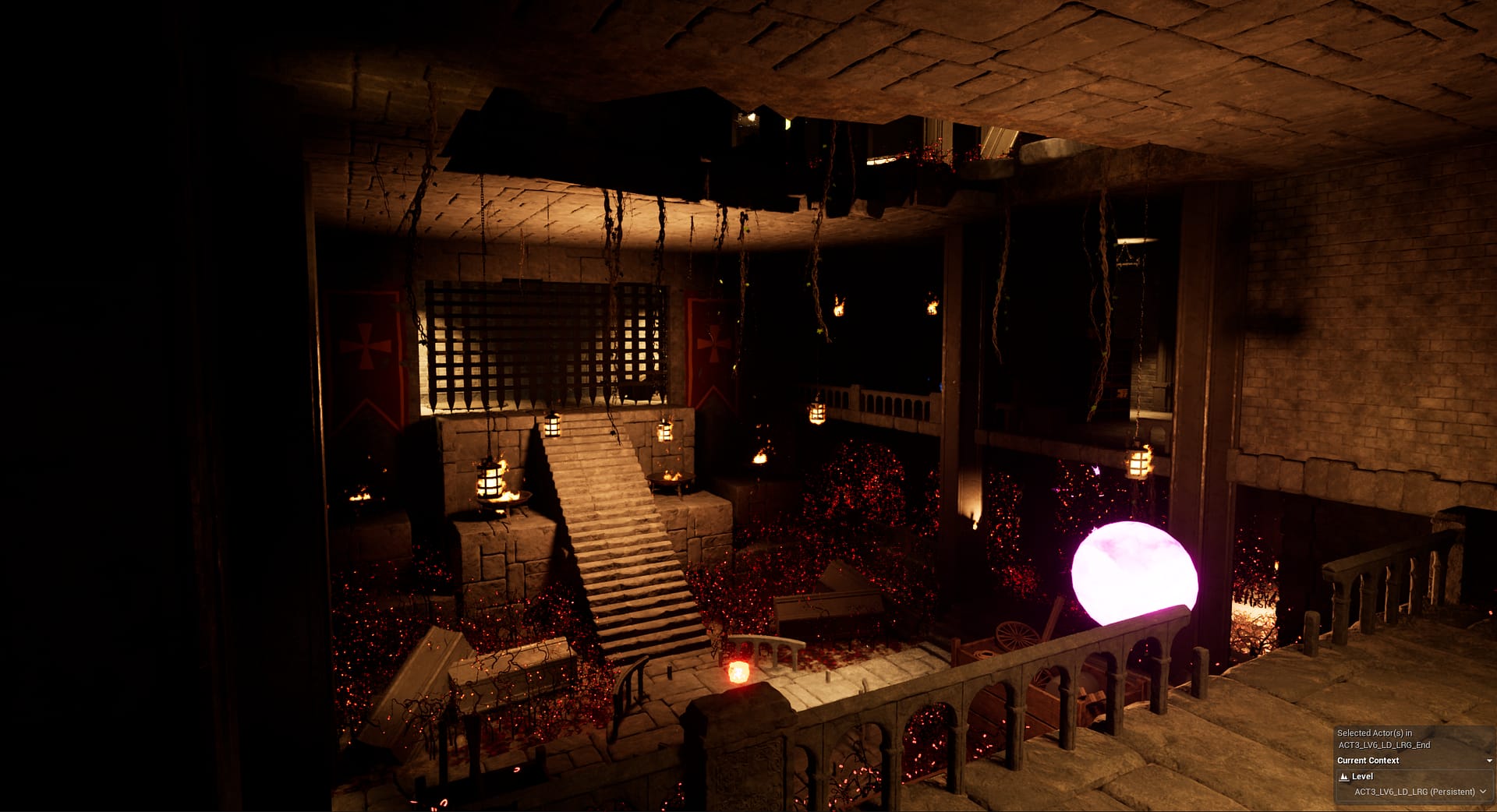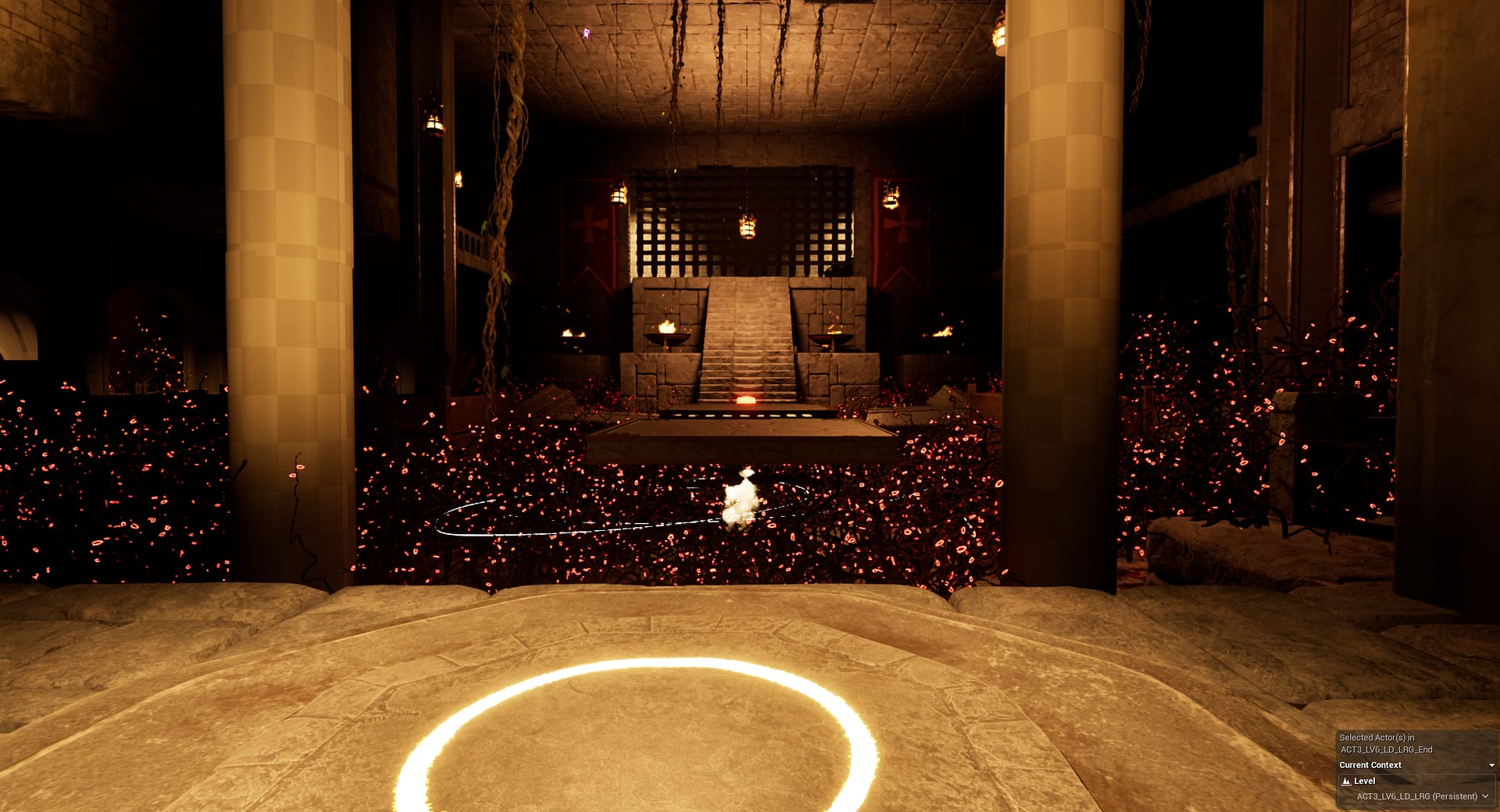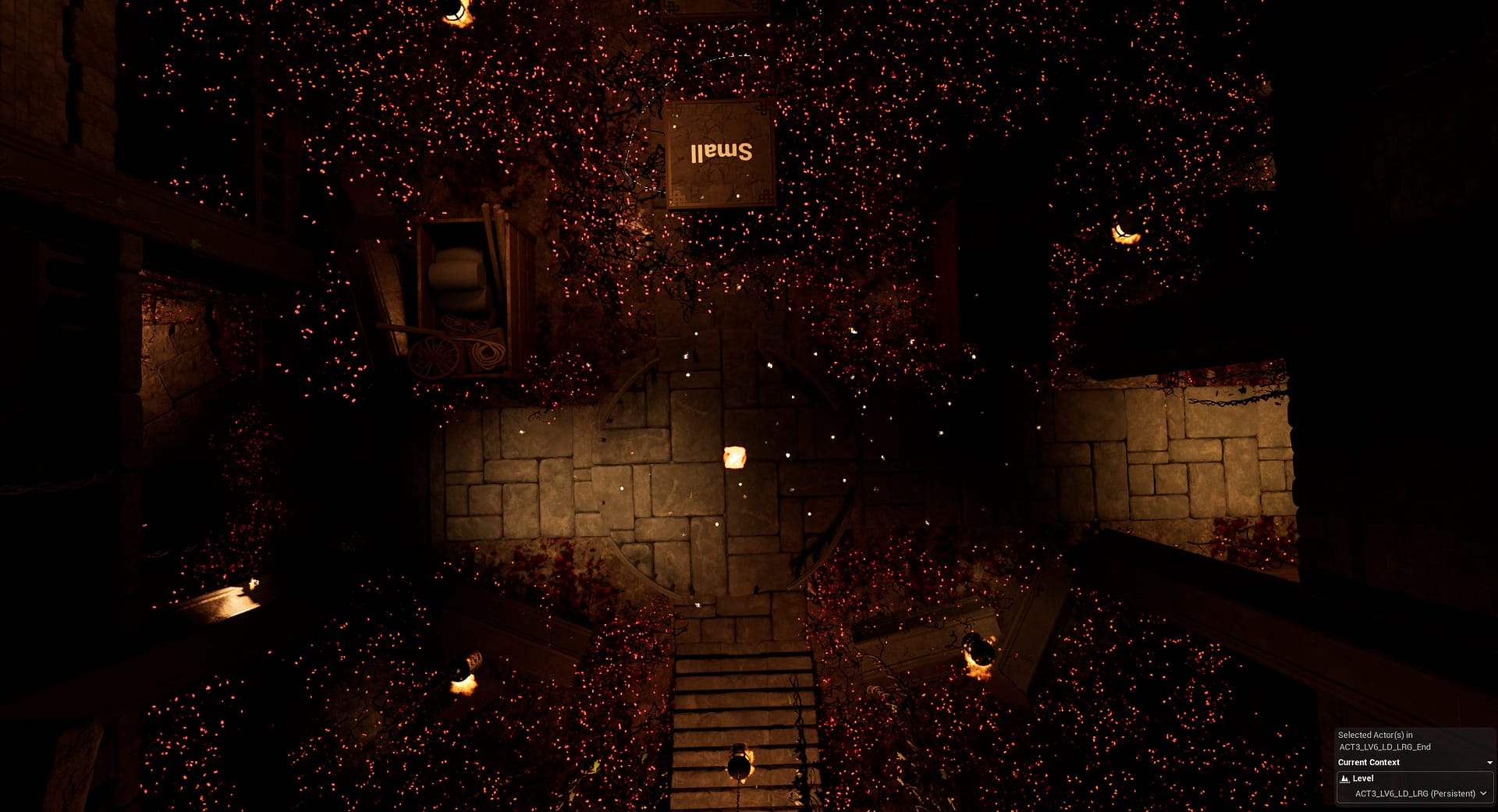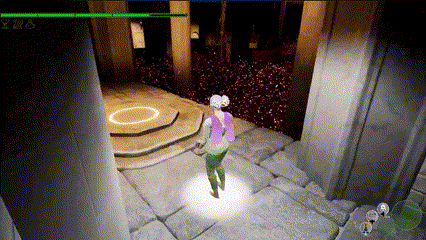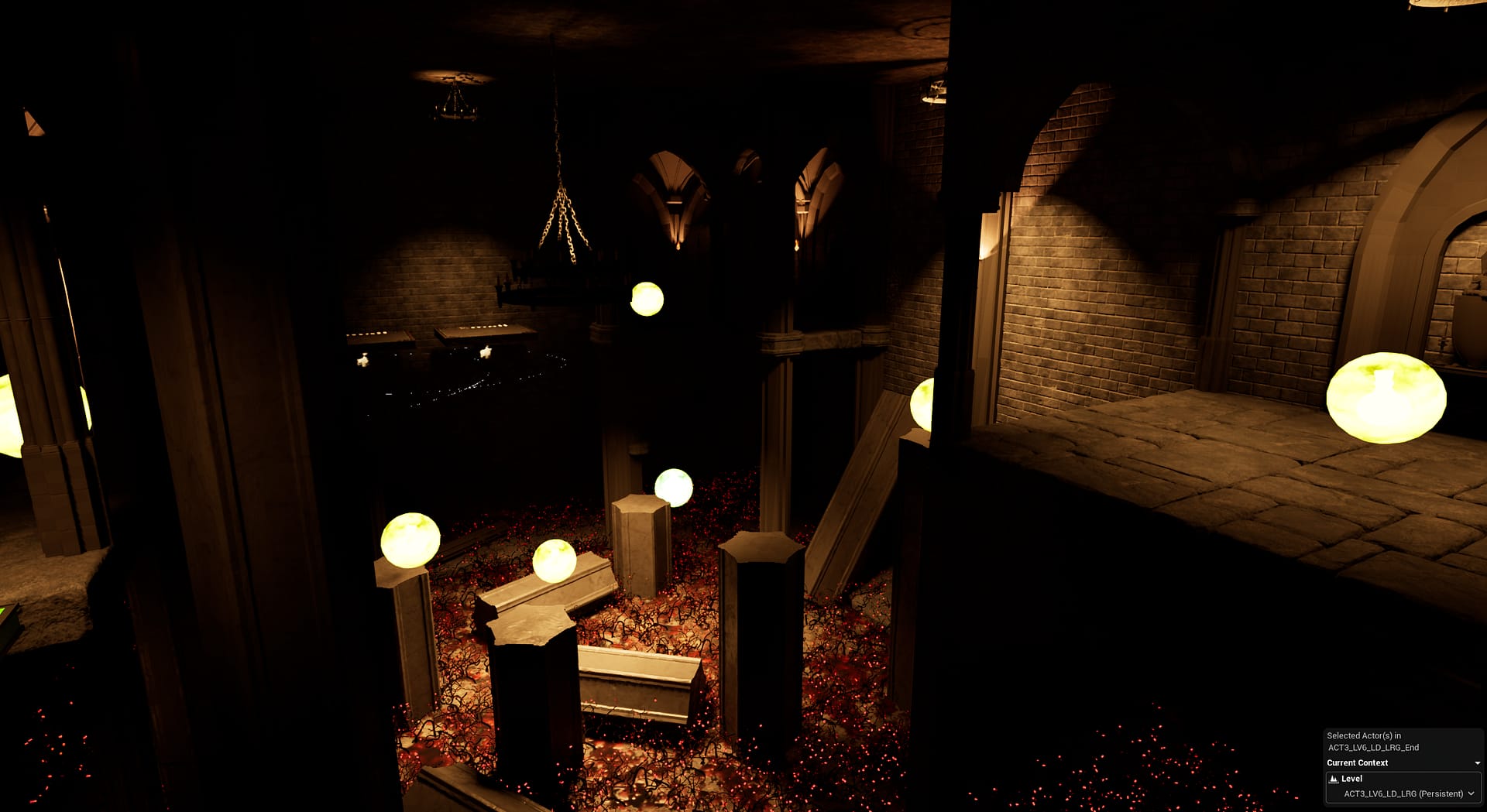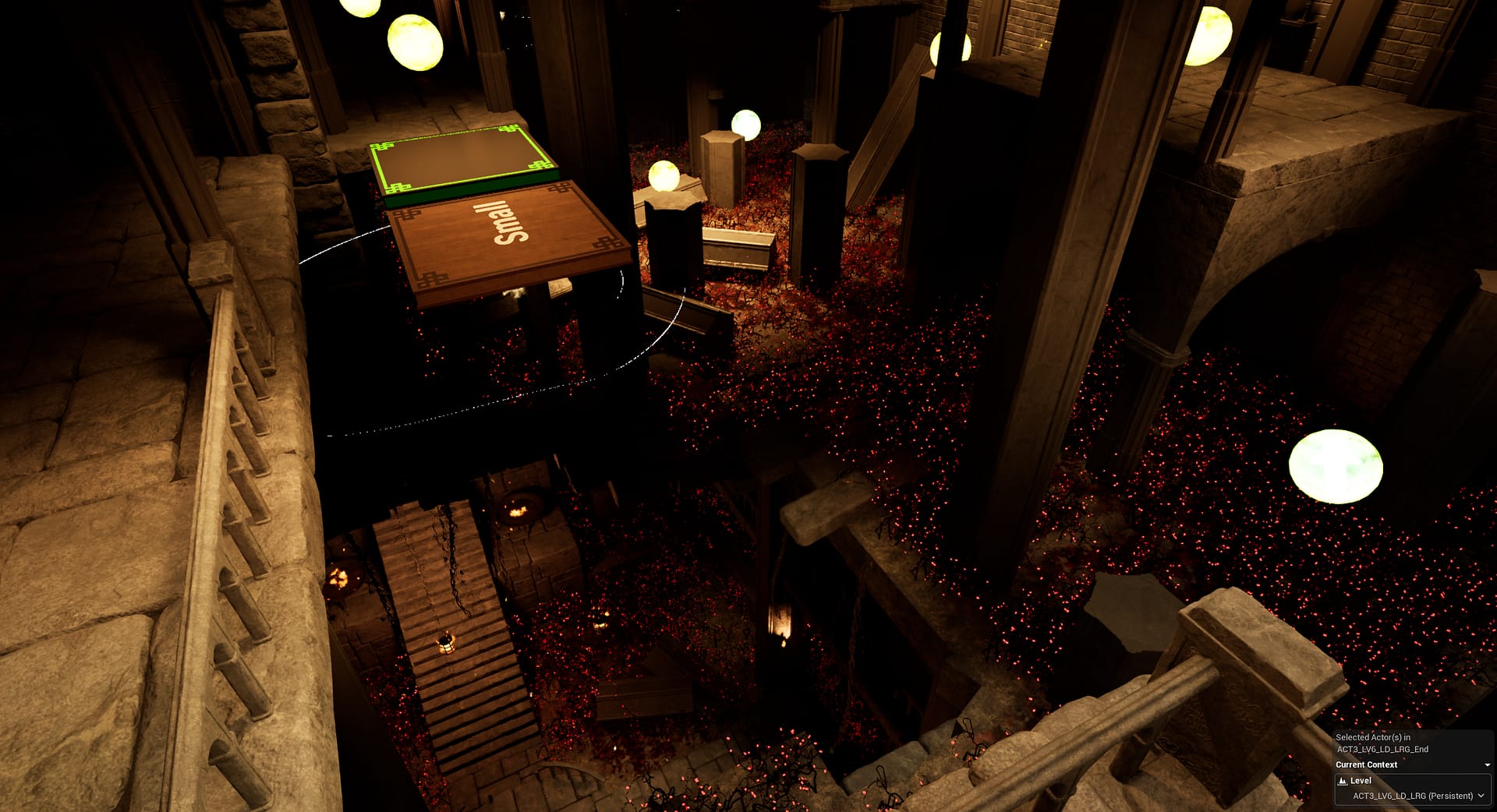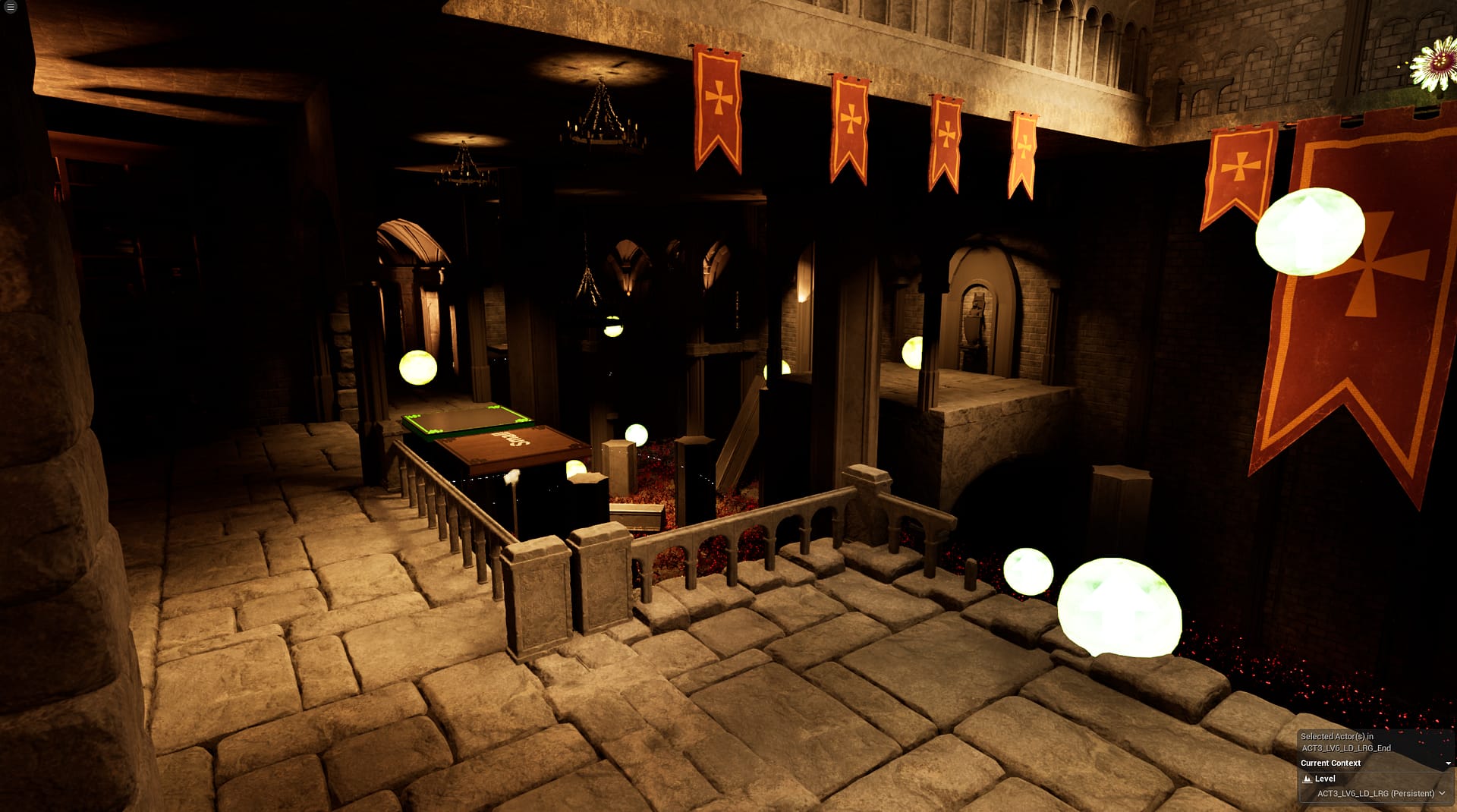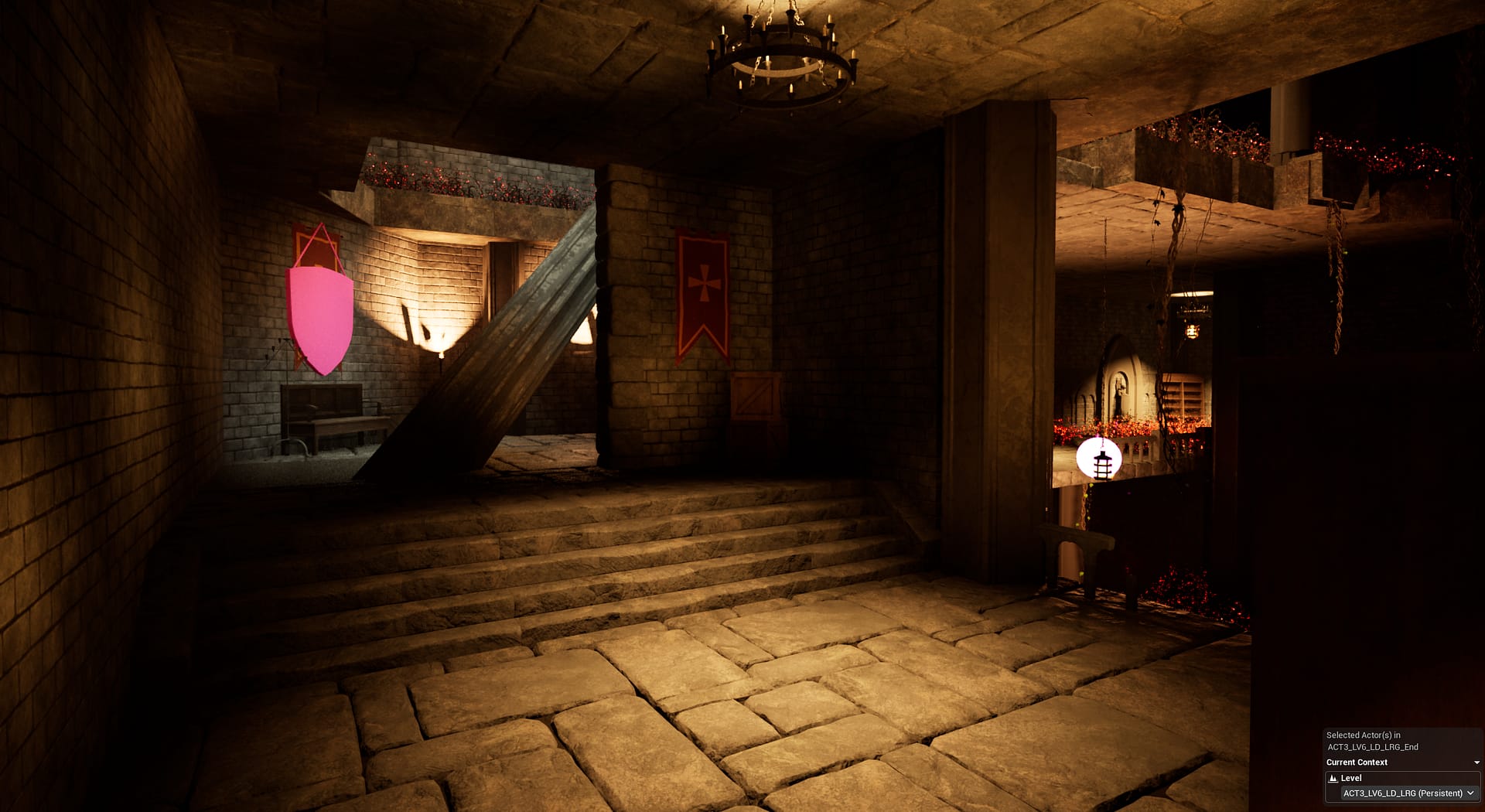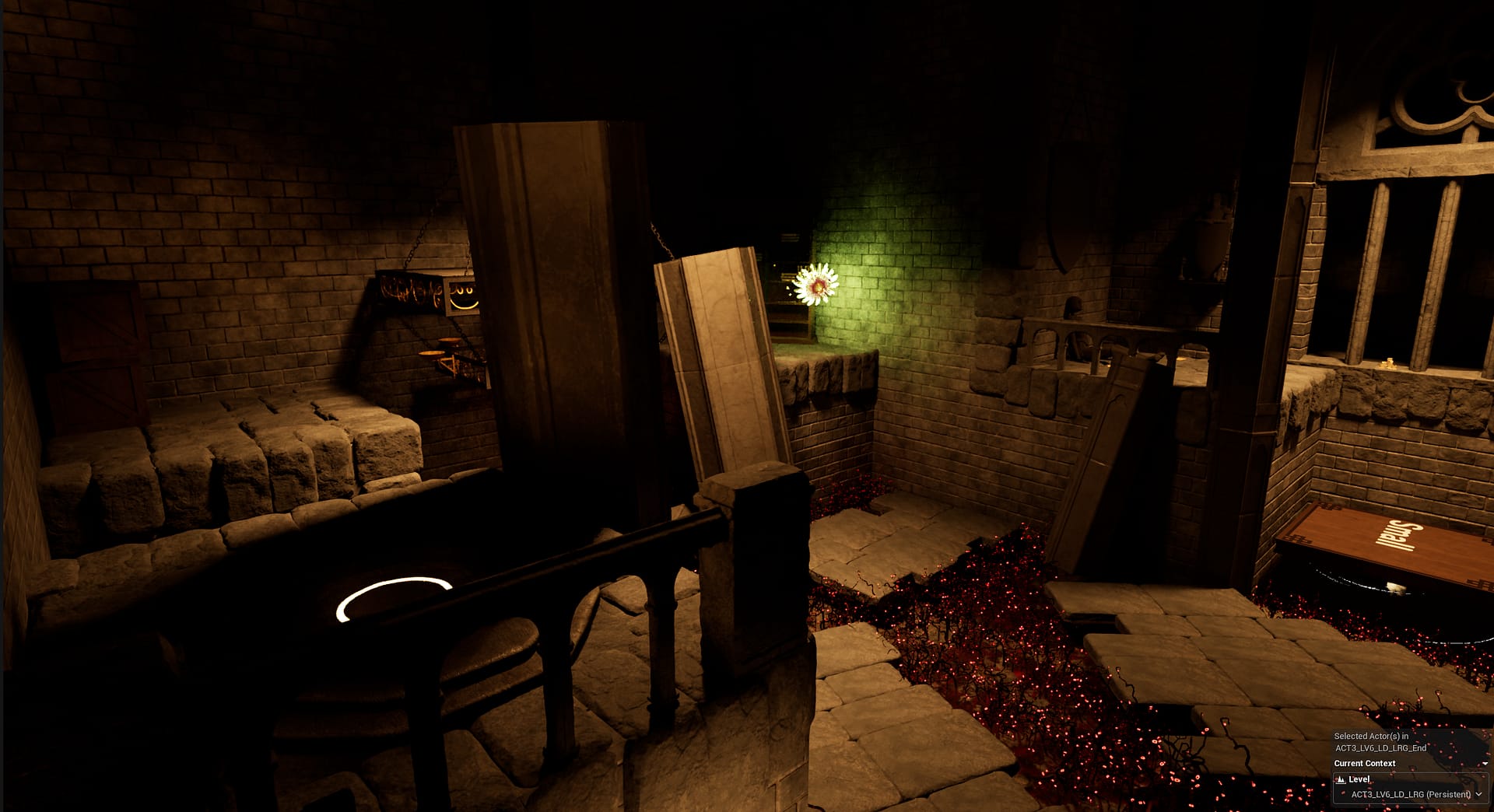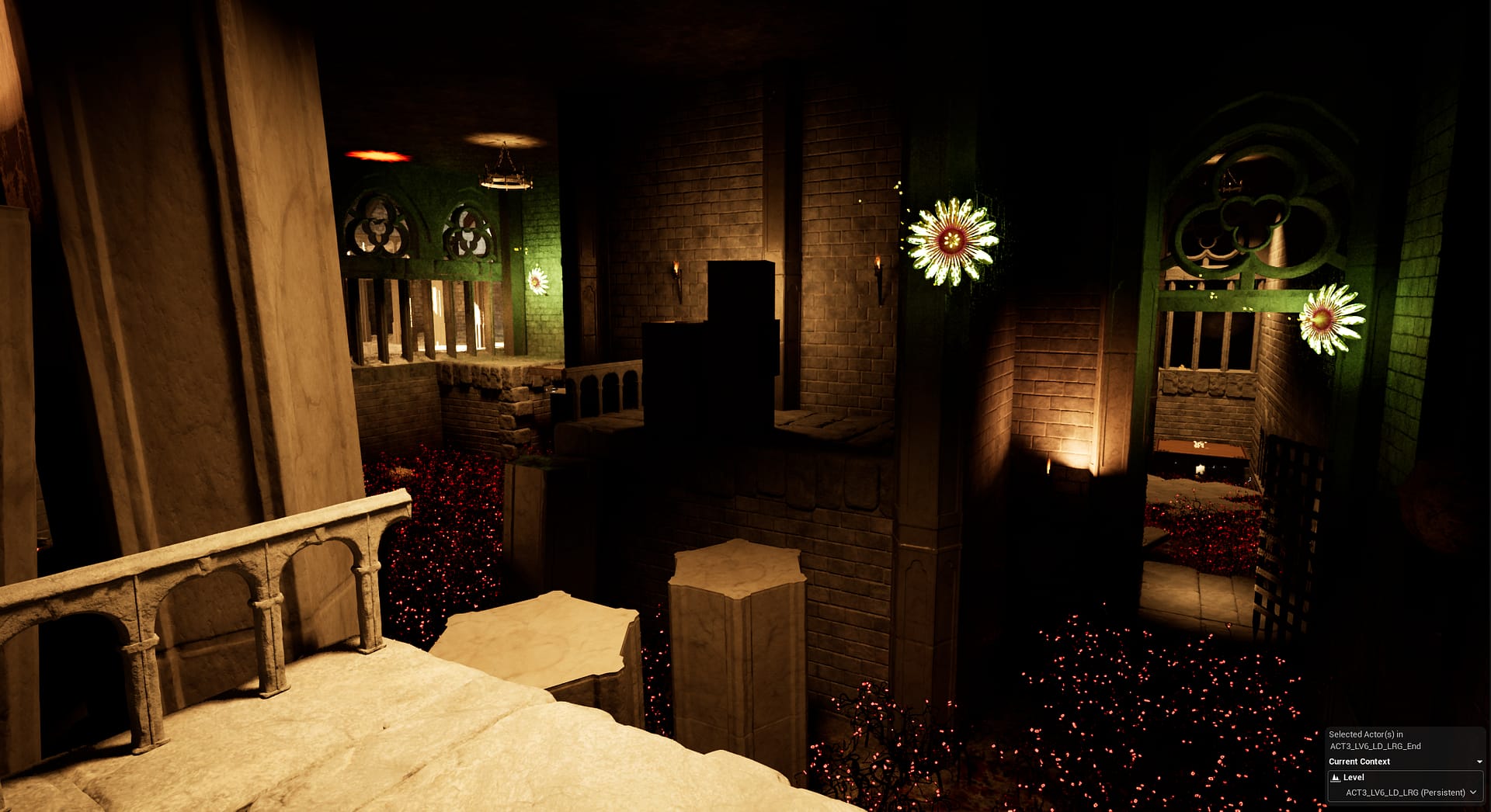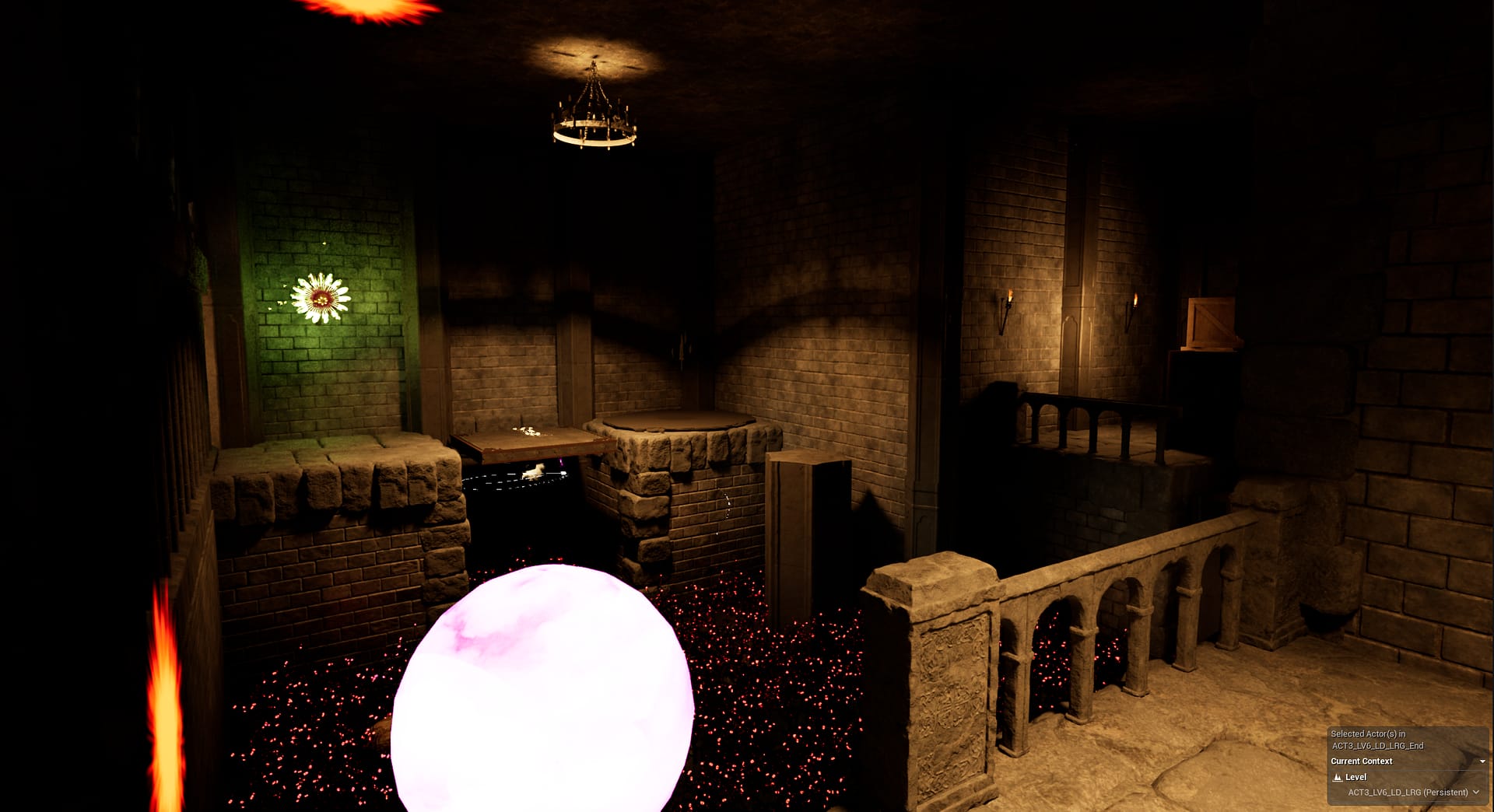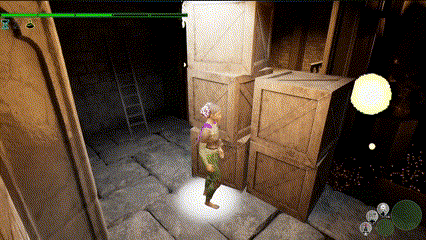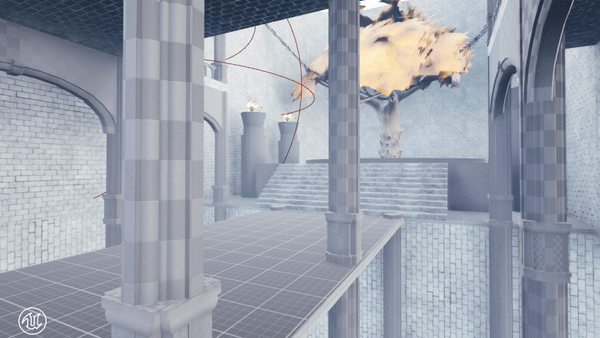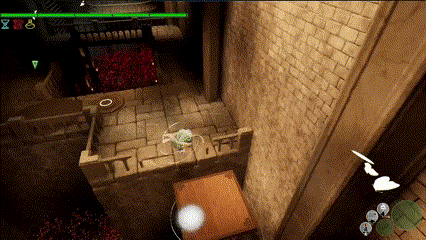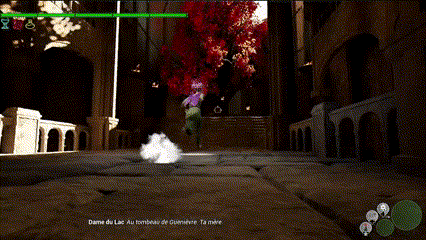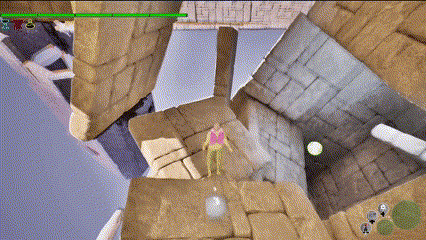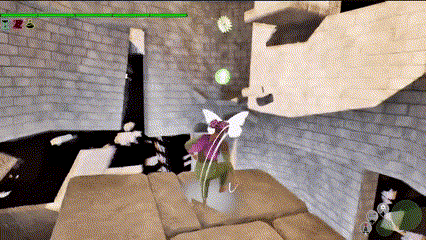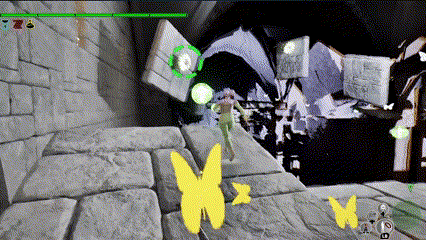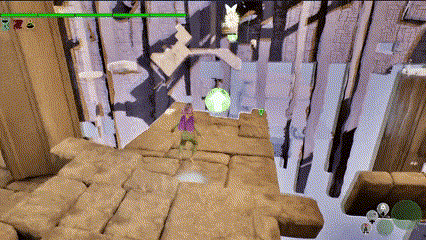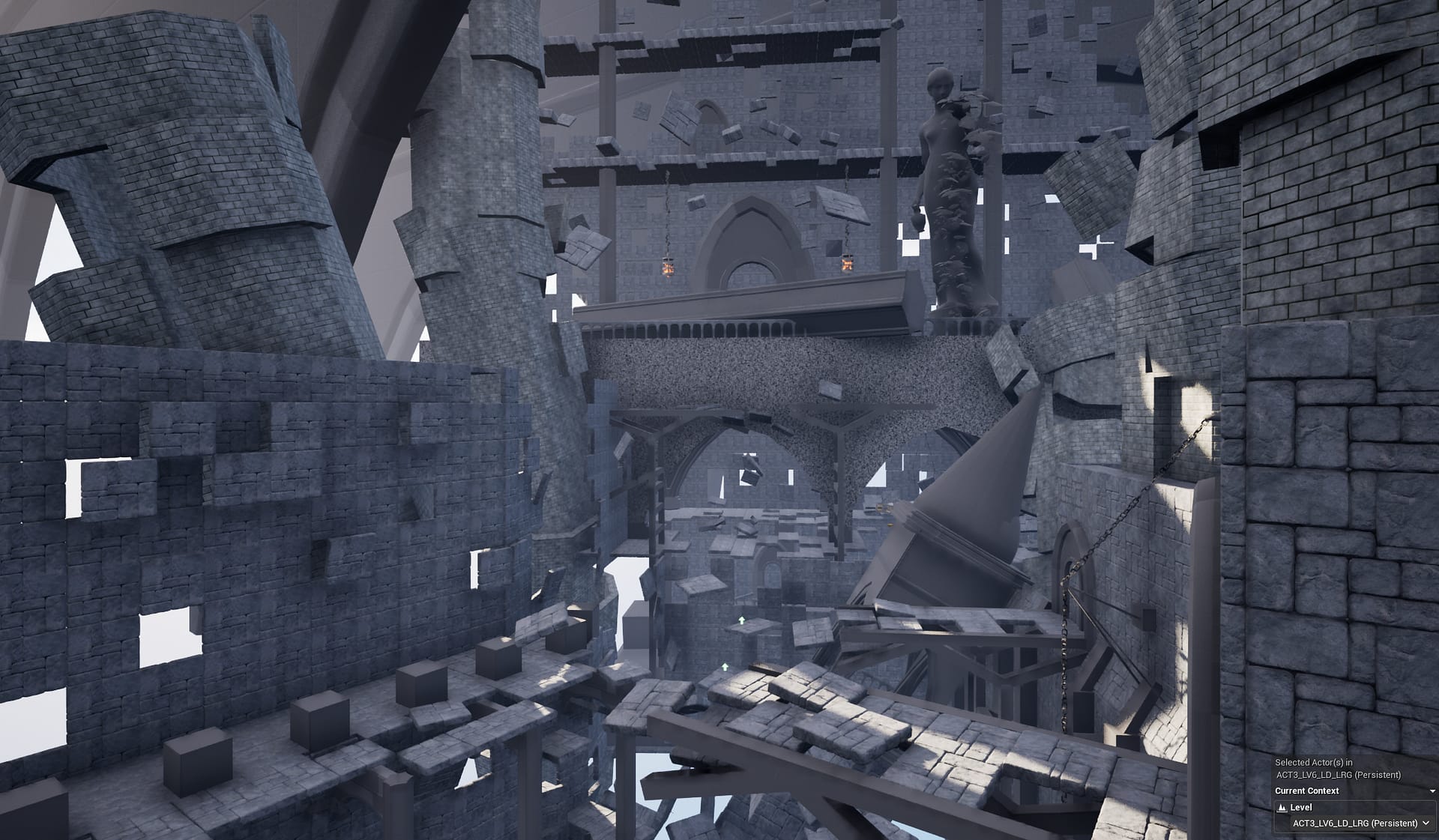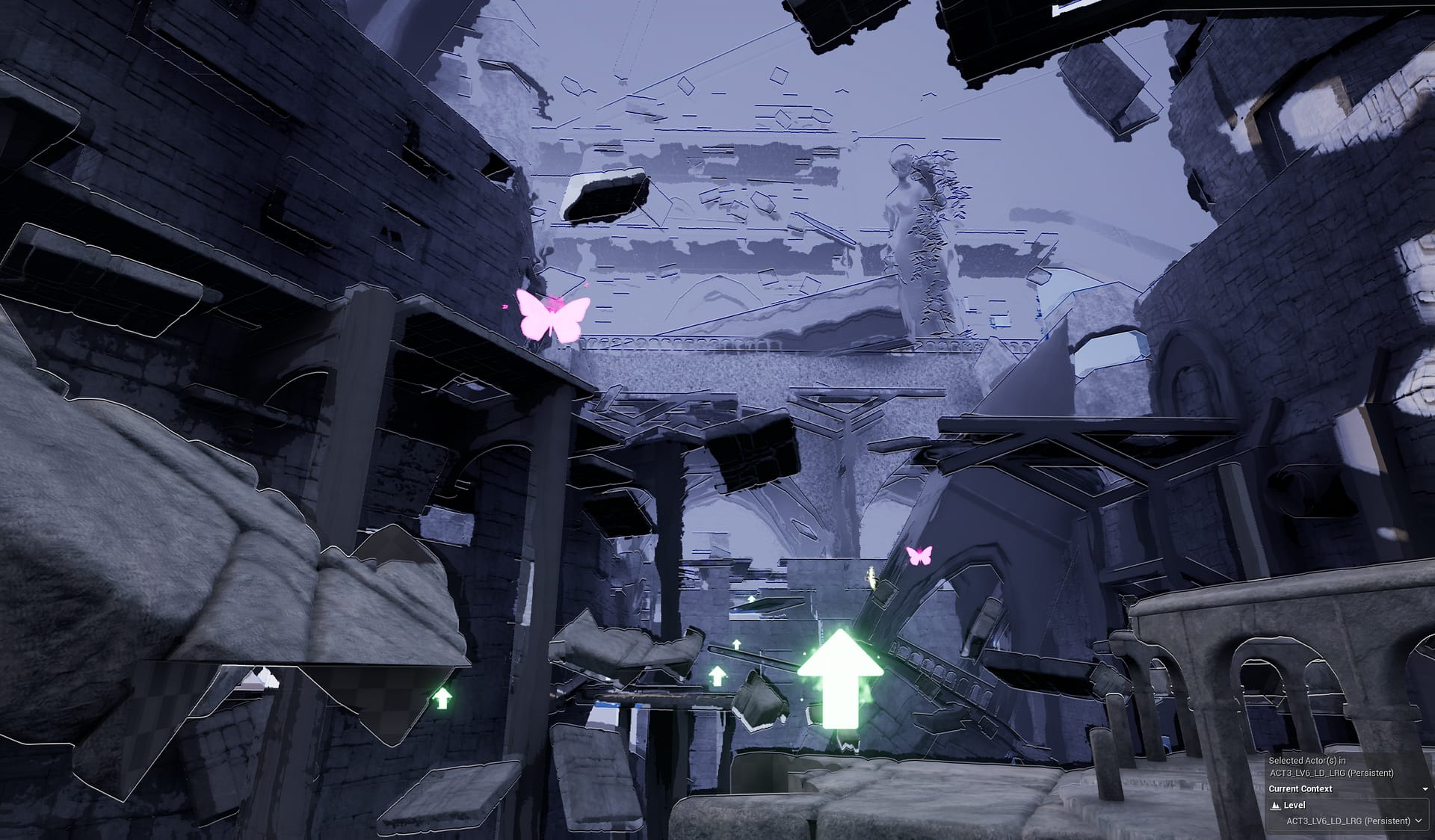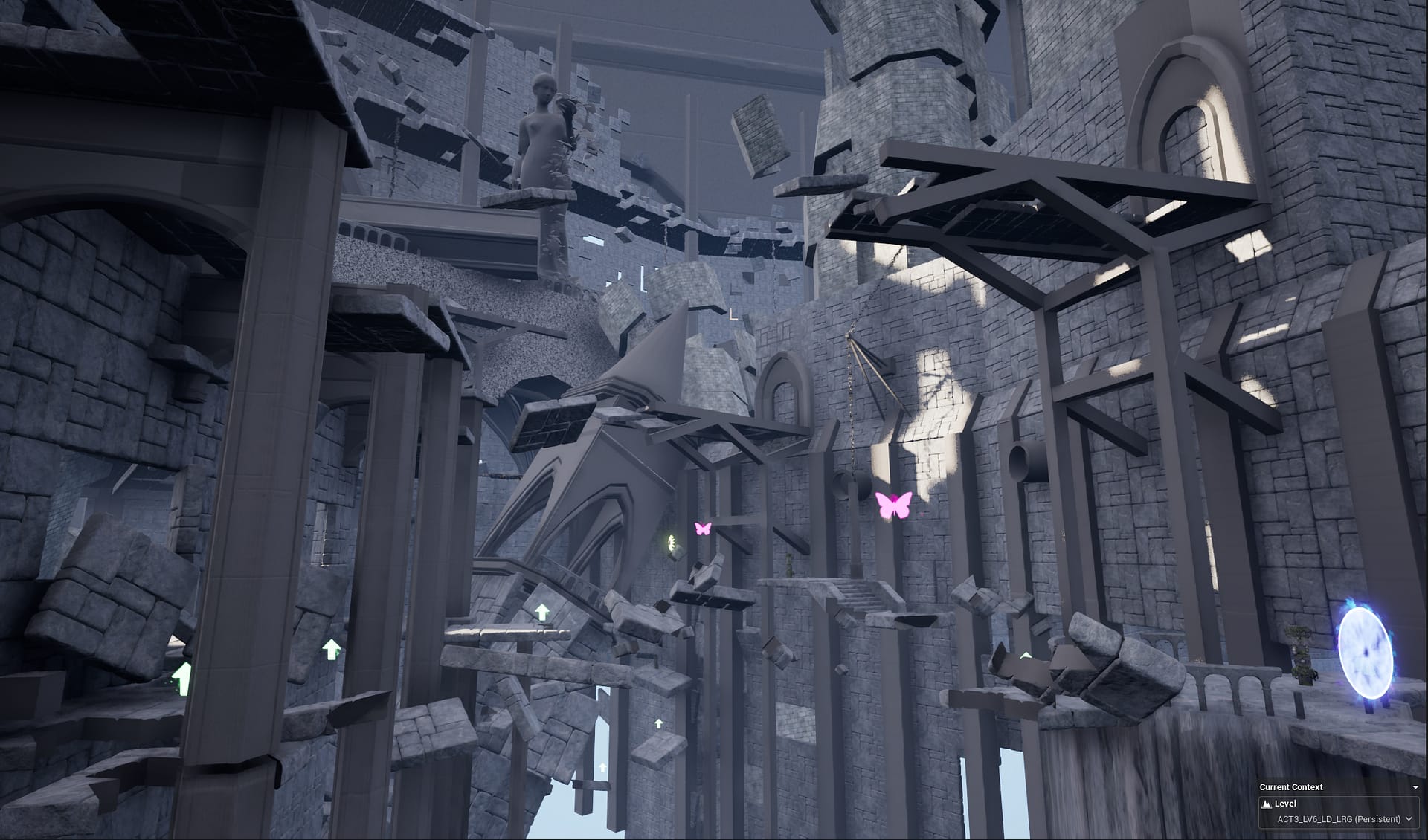EQUINOXE
STUDIO : CAMPUS ADN
RELEASE : UNDETERMINED
PATFORM : PC
TEAM SIZE : + 25
ENGINE : UNREAL ENGINE 5
ABOUT EQUINOXE
EQUINOXE IS A THIRD-PERSON PLATFORMER WITH PUZZLE ELEMENTS. FOR THIS PROJECT, I DESIGNED LEVEL 6: ‘TOMB OF THE ORIGINS,’ SET IN A MEDIEVAL CASTLE. THIS LEVEL FEATURES BOTH MAIN CHARACTERS AND THE MOTHER OF MORGANE.
LEVEL DESIGN PROCESS
DOCUMENTATION & METRICS
2D LAYOUT
GAMEPLAY DESIGN & ITERATIONS
FEEDBACK & PLAYTESTS
CORE INFORMATION
RESPONSABILITIES
RESEARCH
First, we created our Game Design Document to serve as the guiding principle for the project. Using this document, we then searched for references to start our level design.
METRICS AND DOCUMENTATION
Metrics were a key strength of our game, as platformers require precise measurements to be enjoyable. As a team, we developed a gym where all metrics were rigorously tested to achieve the perfect game feel.
CREATING A FUN EXPERIENCE
Feedback was essential during this project. Receiving input from all departments significantly helped us achieve the perfect balance of difficulty and fun that we aimed for in the game.
FEEDBACK & ITERATIONS
Iterations and feedback were crucial in achieving the perfect feel for the game. Together, they proved to be the best tools for creating a level that resonates with the target audience.
“With a fair understanding of the development pipelines in Unity and Unreal Engine. My practical experience showcases a keen understanding of the game development process.
Additionally, I have successfully navigated projects using engines like GameMaker, demonstrating versatility and fearlessness in embracing new challenges. “
LD.LEAROSEGAGNON@GMAIL.COM
QUEBEC, CANADA
